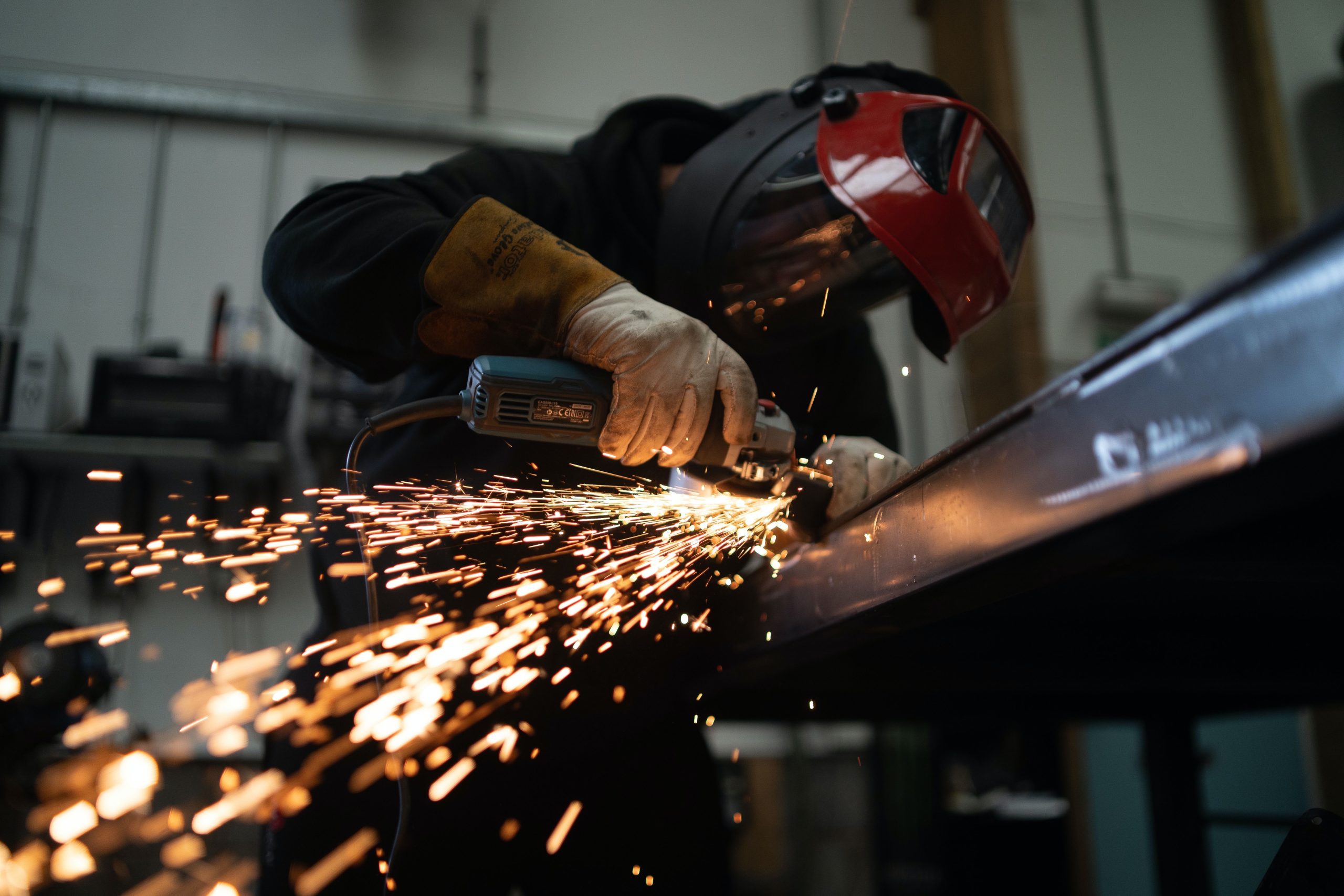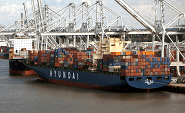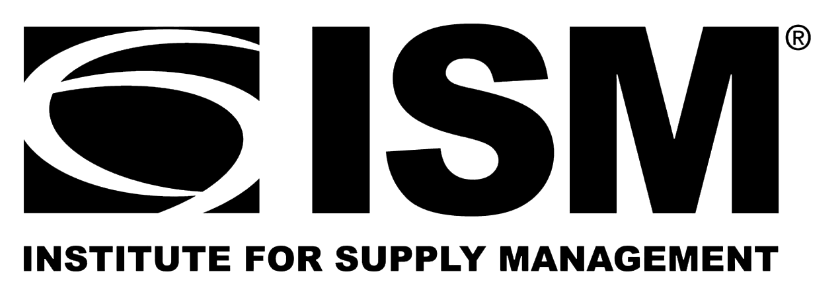Economy

Trade Issues Continue to Dampen Global Manufacturing
Written by Sandy Williams
October 2, 2018
The slowdown for global manufacturing continued in September, according to the latest J.P. Morgan Global Manufacturing PMI. The headline PMI fell to a 22-month low at 52.2, down from 52.6 in August. The PMI has been above the 50.0 neutral mark since March 2016, but has declined in each of the past five months.
Output and new orders were at two-year lows in September with the fall in new orders driven by a decline in global trade volumes. New export orders dropped for the sixth consecutive month in emerging markets and were close to stagnant in developed nations.
Input and output prices continued to rise, but at a slower rate last month.
“September PMI data signaled a further growth slowdown in the global manufacturing sector, with rates of expansion in production and new order volumes both easing to two-year lows, “said David Hensley, Director of Global Economic Coordination at J.P. Morgan. “The trend in new exports remained especially weak, with international trade flows declining for the first time since June 2016. Both domestic demand and export orders will need to strengthen if output growth is to regain lost traction in the coming months.”
Manufacturers saw their lowest growth rate in the Eurozone sector in two years. The IHS Markit Eurozone Manufacturing PMI posted at 53.2, down from 54.6 in August. A weakening trade cycle was blamed for the broad-based slowdown in the region. New orders declined, but production rose slightly allowing some reduction of backlogs for the first time in nearly three and a half years.
“The survey paints the worst trade picture for over five years, with export growth having slumped sharply from a series record high in late 2017 to near-stagnation in September,” said IHS Markit Chief Business Economist Chris Williams. “The slowdown can be linked to sluggish demand and increased risk aversion among customers, often linked to worries about trade wars and tariffs, but also ascribed to rising political uncertainty and higher prices.”
Williams added that future outlook indicators suggest “the worst is yet to come.” Survey results show optimism regarding the coming year is close to a three-year low.
Overall conditions in Russia were unchanged in September, but the manufacturing sector is beginning to show growth in both output and new orders. Export orders are on the rise, growing at the fastest pace since April. Prices are well above average with the exchange rate unfavorable for imported purchasing. Gate charges increased sharply in September. Optimism for the year ahead among Russian manufacturers was the highest since May 2013. The IHS Markit Russia Manufacturing PMI rose to 50.0 from 48.9 in August.
The Caixin China General Manufacturing PMI was at the neutral point of 50.0 in September after falling from a reading of 50.6 in August. Manufacturing expansion was the weakest reported in a year due to stagnant market demand and reduced export sales. Upward pressure on output charges and input costs continued in September.
“Generally speaking, expansion across the manufacturing sector weakened in September as exports increasingly dragged down performance and continued softening demand began to have an impact on companies’ production,” said Dr. Zhengsheng Zhong, Director of Macroeconomic Analysis at CEBM Group. “In addition, the employment situation worsened further. Downward pressure on China’s economy was significant.”
As NAFTA negotiations heated up in North America, Mexico and the U.S. saw gains in production and new orders. Canada manufacturing lagged behind with the weakest improvement in business conditions to date in 2018.
Manufacturers in Mexico reported new demand domestically and a steep rise in new export orders. Production followed suit as companies launched new products and increased sales to the U.S. The IHS Markit Mexico Manufacturing PMI rose to 51.7 in September from 50.7 in August. The rate of inflation eased, although input prices continued to increase in part due to depreciation of the peso versus the U.S. dollar. Employment levels rose as manufacturers filled positions to meet renewed demand.
Manufacturing in Canada slowed overall as incoming orders and production eased from August. The IHS Markit Canada Manufacturing PMI slid from 56.8 in August to 54.8 in September. Backlogs declined for the first time since August 2017 as new hires eased capacity pressures at manufacturing plants. Longer lead times were reported due to tight transport capacity and material shortages at suppliers. Near-term optimism was at its lowest level in 2018 as manufacturers worried about global trade issues and finding skilled workers to fill vacant positions.
Operating conditions in the United States were robust in September driven by sharp increases in new orders and output. Backlogs grew at the quickest rate in three years as new orders pressured capacity. The IHS Markit U.S. Manufacturing PMI jumped to 55.6 in September from 54.7 in August. Export orders rose only slightly dulled by the impact of tariffs on foreign demand. Input prices jumped in September and were passed in part to clients. Although in the outlook optimism outweighed pessimism, the overall degree of optimism was at its lowest in a year, said IHS Markit.
September storms did not deter manufacturers, said Williamson, noting output was at the fastest rate so far this year.
“Worries about trade wars and tariffs continued to dominate, pushing business confidence in the outlook down to its lowest for a year,” said Williamson. “Tariffs, alongside higher oil prices, were meanwhile a key factor reportedly driving input costs higher. Almost two-thirds of all companies reporting higher input prices ascribed the increase to tariffs.
“Worries about the impact of tariffs on prices also led to increased incidences of stock building, exacerbating existing supply chain delays and driving prices further higher. Raw material inventories rose at one of the steepest rates seen this side of the global financial crisis. While stock building boosts current sales at suppliers, it poses downside risks to growth in future months.”

Sandy Williams
Read more from Sandy WilliamsLatest in Economy

New York state manufacturing index drops again in April
Firms were pessimistic, with the future general business conditions index falling to its second lowest reading in the more than 20-year history of the survey

Construction adds 13,000 jobs in March
The construction sector added 13,000 jobs, seasonally adjusted, in March, but tariffs could undermine the industry.

Supply chains, end-users brace for impact from tariffs
Supply chains are working through what the tariffs mean for them

ISM: Manufacturing expansion loses steam after two months of growth
US manufacturing activity slowed in March after two straight months of expansion, according to supply executives contributing to the Institute for Supply Management (ISM)’s latest report.

Chicago Business Barometer rose to 16-month high in March
The Chicago Business Barometer increased for the third-consecutive month in March. Despite this, it still reflects contracting business conditions, as it has since December 2023.
